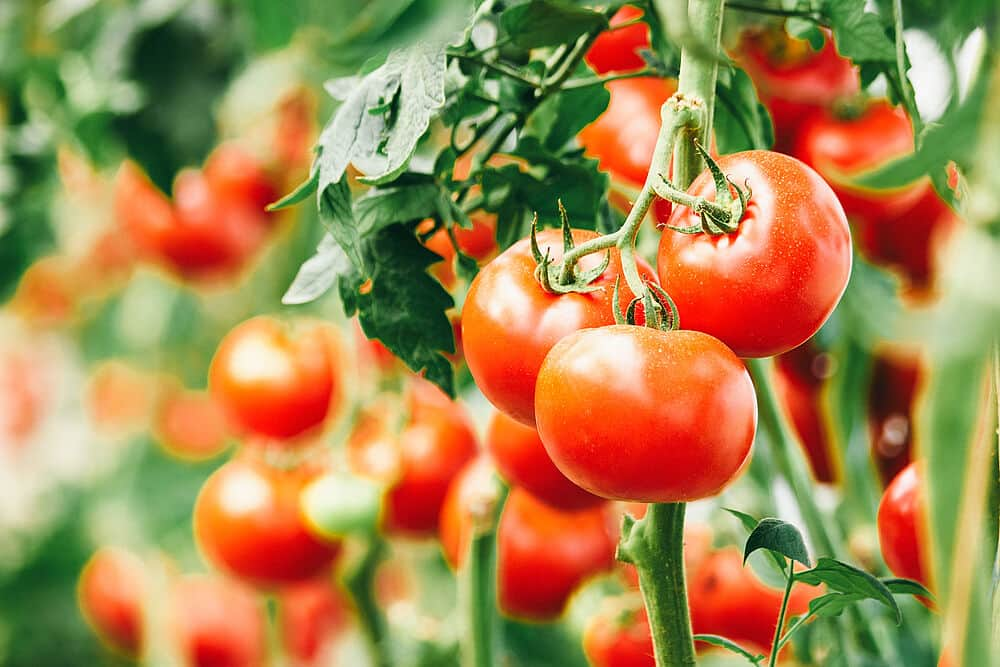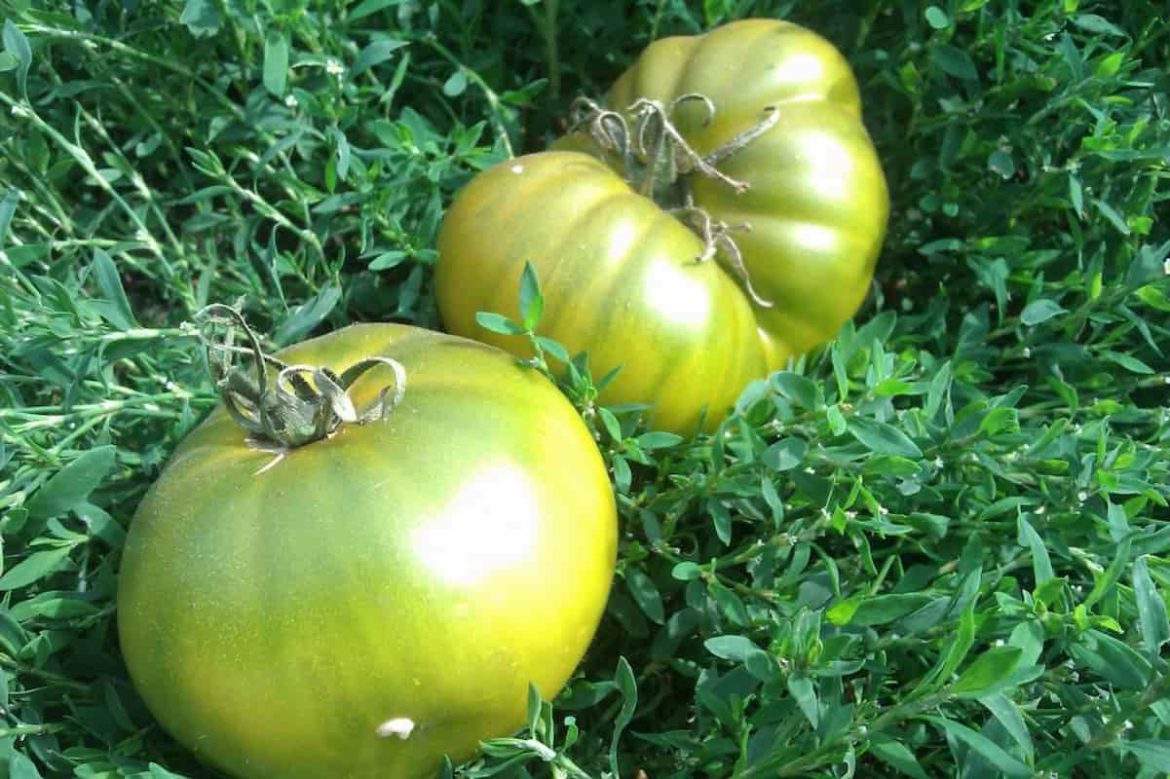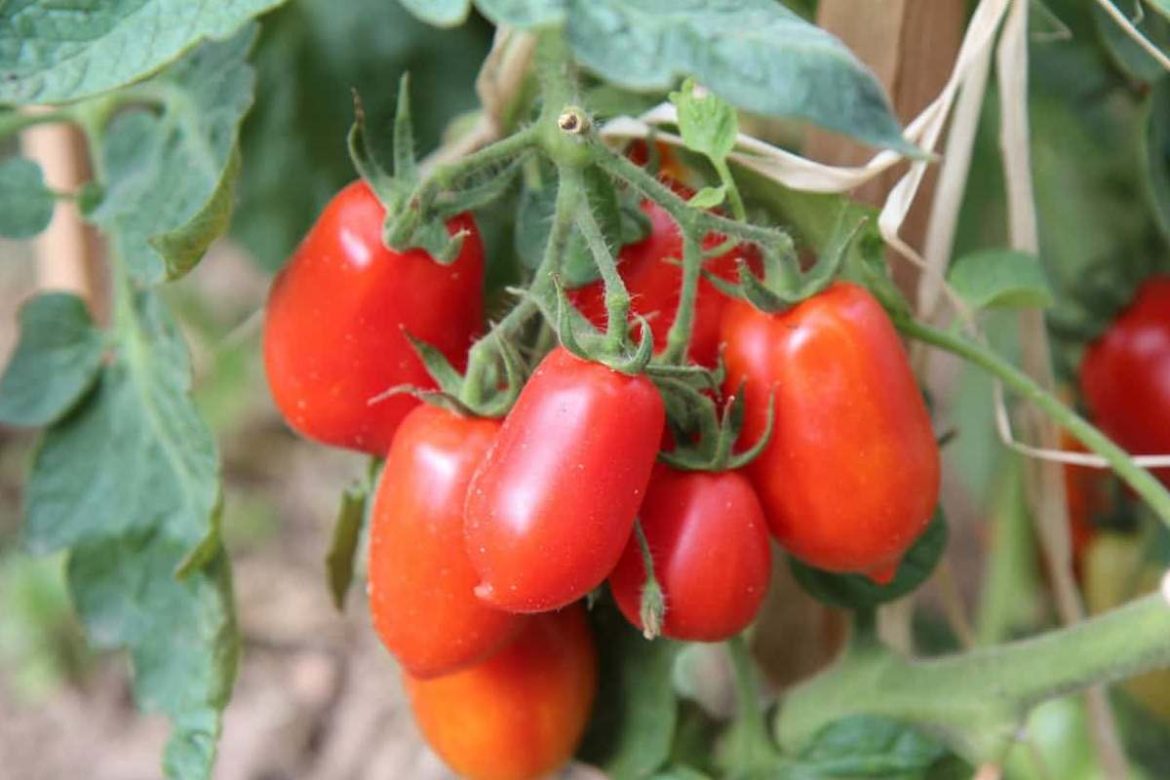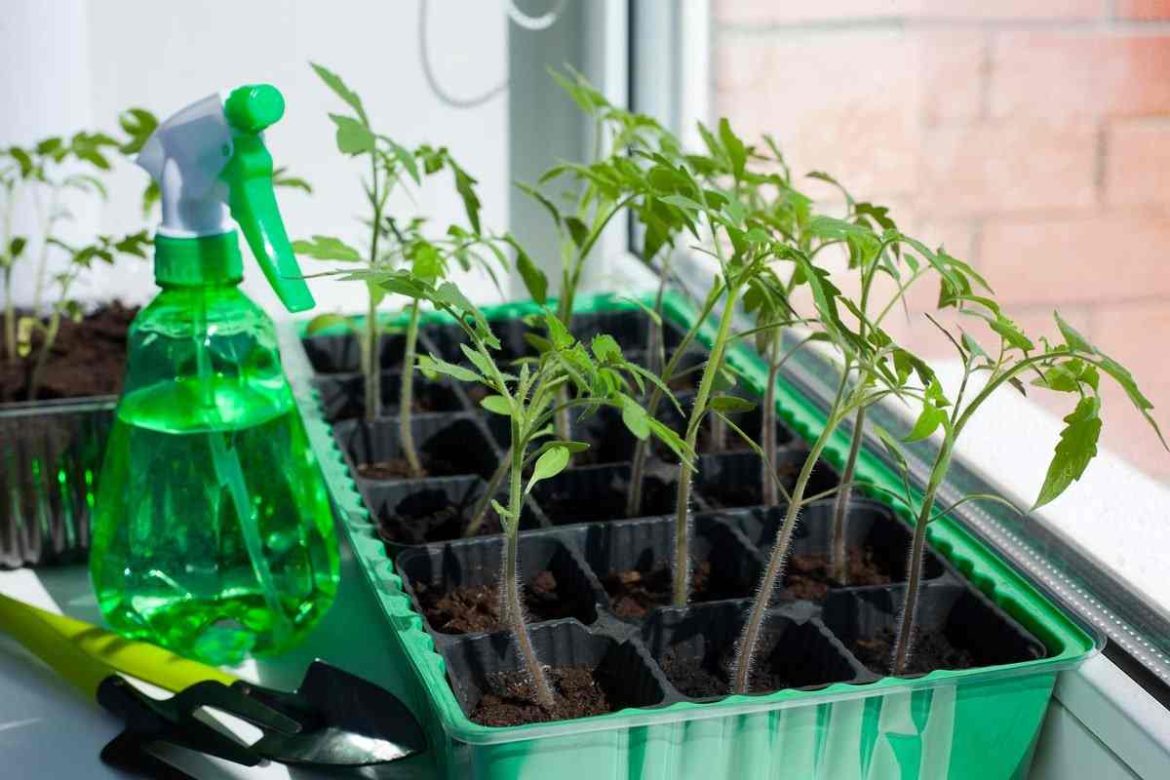how often to water tomato plants for amazing growth
If you want amazing growth for your tomato plants, you need to learn how often to water and feed them properly
An excess of water can cause damage to the roots and cause the fruit to crack or split as it ripens
A lack of sufficient water may result in decreased production as well as other problems, such as blossom end rot
The ability to water properly is a skill that can be learned by anybody and may make the difference between a harvest that is average and one that is abundant with luscious summer tomatoes
Read on to discover more about how frequently to water your garden and container-grown tomato plants

There isn’t a simple solution to the issue of ‘how frequently do you water tomato plants?’ The frequency of watering is determined by a number of factors, including the current growth stage of the tomato plant (a newly planted transplant requires less water than a fully grown plant), the type of soil (in both gardens and containers), the material of the container if the plant is being grown in a pot, and the current weather (expect to water more often when the weather is hot and dry)
Having said that, determining the optimal time to water your tomato plants is not difficult, regardless of whether you are growing indeterminate or determinate tomatoes, hybrid or heritage tomatoes
It is common knowledge in gardening that tomato plants need an inch or two of water per week
I perform a quick daily check to evaluate if my tomato plants need a water
This examination is divided into two parts: 1) an examination of the soil’s appearance to determine whether it seems dry, and 2) an examination of the soil’s texture with my finger to determine if it feels dry
If it appears and feels dry, I water
When my tomato plants are still young at the beginning of the growing season, I find that they need to be watered a couple of times a week
Once the plants have reached maturity and begun to blossom and fruit, the tomatoes that I’ve grown in containers get watered practically every day, while the tomatoes that I’ve grown in the garden get a good soaking once a week
In addition to that, I’ve picked up a few easy techniques to cut back on watering, all of which are detailed down below
It is essential to have the understanding that improperly watering tomatoes on a sporadic basis is just as detrimental as not watering them enough
It is possible for blossom end rot to develop on tomato plants, particularly those that are planted in containers, if the soil around the plants is allowed to get very dry

Tomato plants that are cultivated in gardens, such as plum, cherry, and slicers for sandwiches, need less frequent watering than tomato plants that are placed in containers, particularly if the plants are mulched
As was said before, the amount of time between waterings is contingent not only on the climate and the composition of the soil, but also on whether or not the plants are grown in raised beds or in an in-ground garden
It is typical for raised beds to dry out more rapidly than ground-level garden beds
During the summer, I water the tomato plants that are growing in the raised beds that I have every week, unless the weather has been overcast and damp
The moisture retention of the soil surrounding my tomato plants is improved by covering it with a layer of straw measuring three inches thick
As a result, I do not have to water them as often
Another important aspect to take into account is the stage of the development
When my tomato plants begin to bear fruit in the middle to late summer and I start to get red fruits, particularly large-fruited heirloom tomatoes like Brandywine, I reduce the amount of water I give them in order to help concentrate the flavors and reduce the likelihood that the tomatoes will split or crack
Tomato plants that are cultivated in containers such as pots, planters, window boxes, fabric bags, and other kinds of containers need more frequent watering than tomato plants that are grown on garden beds
This is a truth
This is due to the fact that they are grown in containers that are suspended above the ground, so both the tops and sides of the containers get direct sunlight
In addition, the roots of tomatoes grown on containers have access to a lower amount of soil than the roots of tomatoes cultivated in garden beds
Having said that, growing tomatoes in pots does have some positive aspects
The most significant benefit is a reduced risk of diseases such as verticillium wilt and fusarium wilt
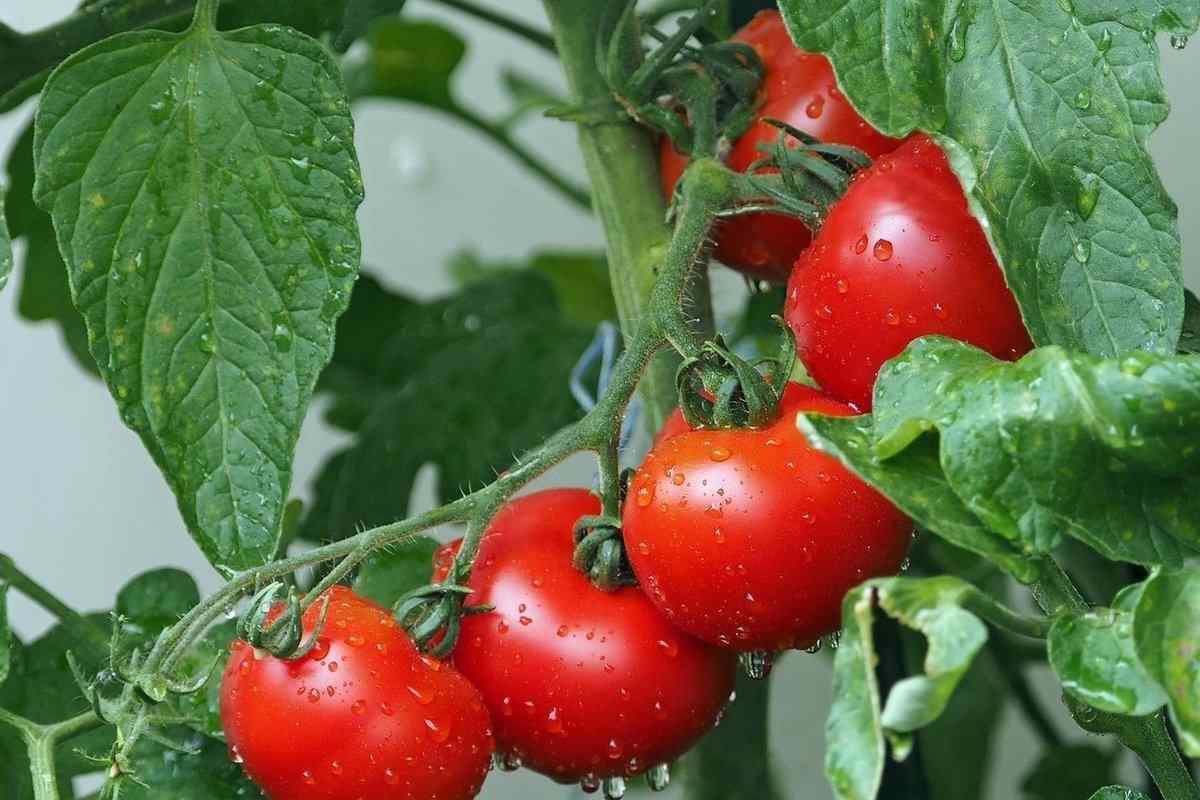
The frequency of watering that is required for tomato plants that are grown in containers is determined by the size of the plant, the material and size of the container, the growth media, and the weather
It is not necessary for me to water my freshly transplanted tomato seedlings as regularly in the late spring as it is for my tomato plants in the late summer
The immature plants are smaller and don’t consume as much water as a full-grown plant, but the weather is also colder
The mid-summer plants are attaining maturity and starting to fruit
Due to the deep and thirsty root structure these potted plants have, it is possible that they will need daily watering when the weather is hot and dry throughout the summer
When tomatoes are grown in containers, there are a few different things that can be done to assist keep the soil wet
The following are five ingenious techniques to cut down on unnecessary watering: Plants thrive better in bigger containers because a larger container can store more soil and retains moisture for a longer period of time than a smaller planter or pot would
Choose pots that can accommodate at least five to seven gallons of growth media if you are going to plant tomato transplants
Even better are containers with ten-gallon capacities! Tomatoes are another crop that I cultivate in Smart Pot Long Beds, which have space-saving divisions of 16 inches by 16 inches
The material of the container is an important factor to take into consideration when selecting containers for tomato plants
Planters made of terra cotta or cloth tend to dry out more quickly than those made of plastic or metal
Also, ensure sure containers have enough drainage holes
Put in some compost Compost and other organic additions both improve the amount of moisture that potting mixes can hold
When you have finished filling the container with the growth media, add the organic material to it

Mulch the containers
After the tomato seedling has been established in the container, spread a layer of straw mulch over the top of the growing medium to act as a mulch
Plant your seeds in self-watering containers
Self-watering containers are available for purchase or may be made at yourself
These containers feature a reservoir of water in the base of the container
This might cut the amount of watering in half
Check out this video from Kevin of Epic Gardening as he demonstrates how to make a planter that waters itself

